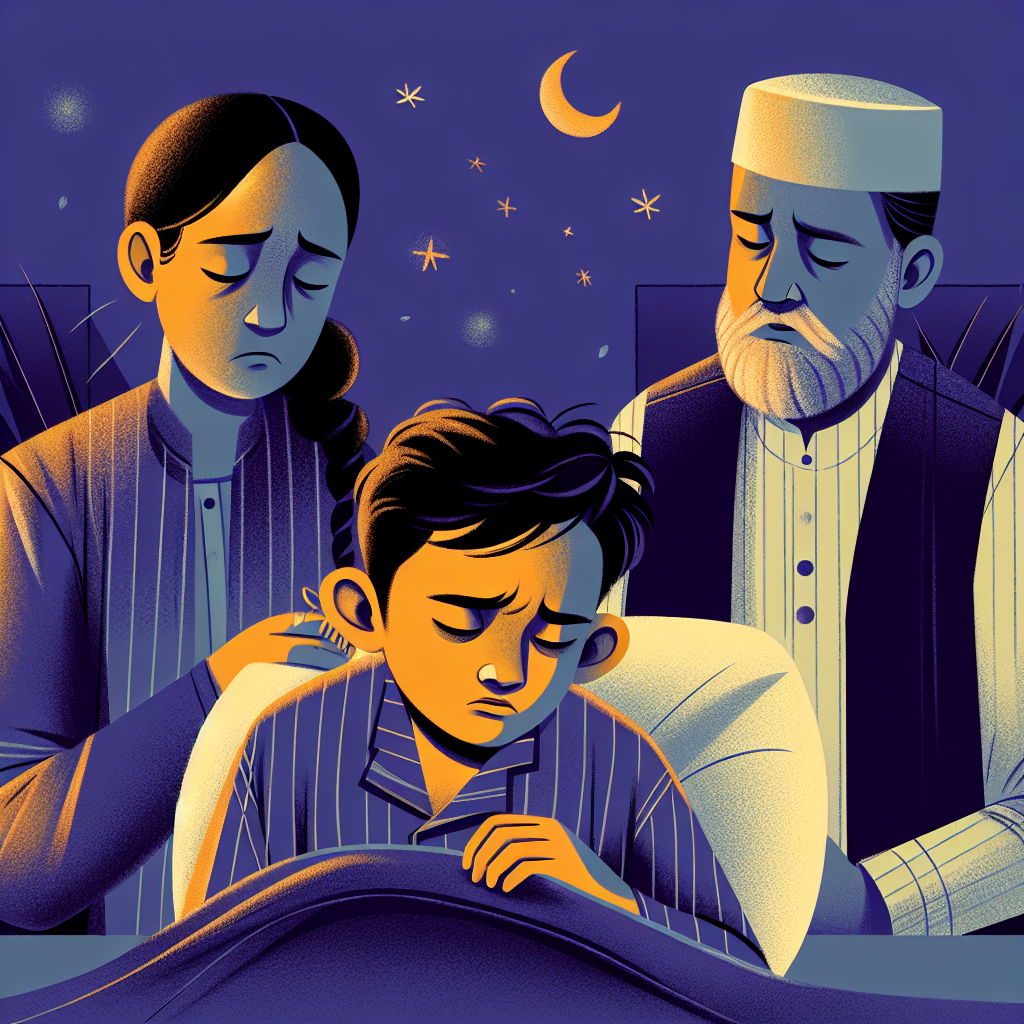Growing Pains in Children: What You Need to Know
Introduction
When it comes to children, growing pains are a common, albeit often misunderstood, topic. Every child is unique, and the pace at which they go through the different stages of development can vary considerably. As a parent, it's essential to understand what growing pains are, how to recognize them, and what steps can be taken to ease your little one's discomfort. In this article, we will explore this topic and give you the information you need to navigate this stage successfully.
What Are Growing Pains?
Growing pains are muscle pains, often described as a pulling or cramping sensation, that typically occur in children and pre-teens. These are not a disease, but rather a normal part of the development process. Usually, the pain is located in the muscles of the legs, especially in the area of the knees, calves and thighs.
Symptoms of Growing Pains
Typical symptoms include pain that can range from mild to severe and that occurs mostly in the evening or at night. The next day, the child no longer shows signs of discomfort. It is important to note that growing pains should not be accompanied by redness, swelling or fever.
Causes of Growing Pains
Although the exact cause of growing pains remains unknown, it is believed to be related to the rapid bone and muscle growth that children undergo. Other factors, such as fatigue, intense physical activity or prolonged fasting, can contribute to pain.
Myths about Growing Pains
There are several myths surrounding growing pains, including the misconception that they are directly associated with bone growth. However, there is no direct proven link between pain felt by children and actual growth in height.
Treatment and Relief of Growing Pains
Most growing pains are mild and can be treated effectively at home. A good starting point is to use heat or light massages to soothe the muscles. It is also important that the child stays hydrated and has a balanced diet rich in calcium and magnesium.
Natural Remedies and Relaxation Techniques
Natural remedies include taking warm baths before bed, using warm compresses, or even relaxation techniques like yoga or meditation for children. These methods can have beneficial effects on overall well-being and reduce the frequency and intensity of growing pains.
Preventing Growing Pains
While there is no surefire way to prevent growing pains, maintaining a healthy lifestyle can help. It encourages moderate and regular physical activity, adequate rest and a balanced diet. Monitoring symptoms will also facilitate quick management of potential problems.
The Role of Physical Exercises
Exercises that strengthen muscles and improve flexibility can help reduce growing pains. Exercises such as swimming or cycling are two ideal activities to keep muscles strong and flexible.
When to Consult the Doctor?
Although growing pains are mostly harmless, there are situations in which it is necessary to consult a specialist. If the pain is persistent, combines with other symptoms or interferes with the child's daily activities, a medical checkup is indicated.
Warning signs
Signs you should be concerned about include joint stiffness, loss of appetite, weakness, excessive fatigue, or unusual changes in behavior. These symptoms may indicate a more serious condition that requires medical attention.
Conclusion
Growing pains are a natural part of childhood and most of the time are not a cause for concern. As a responsible parent, it is most important to be informed and understand how to identify and manage these pains. With patience, care and a proactive attitude, you can ensure that your little one goes through these stages with the necessary comfort and support. Do not hesitate to consult your doctor if you have any doubts or if symptoms persist. Proper care can make a difference in your child's quality of life.














































































































































